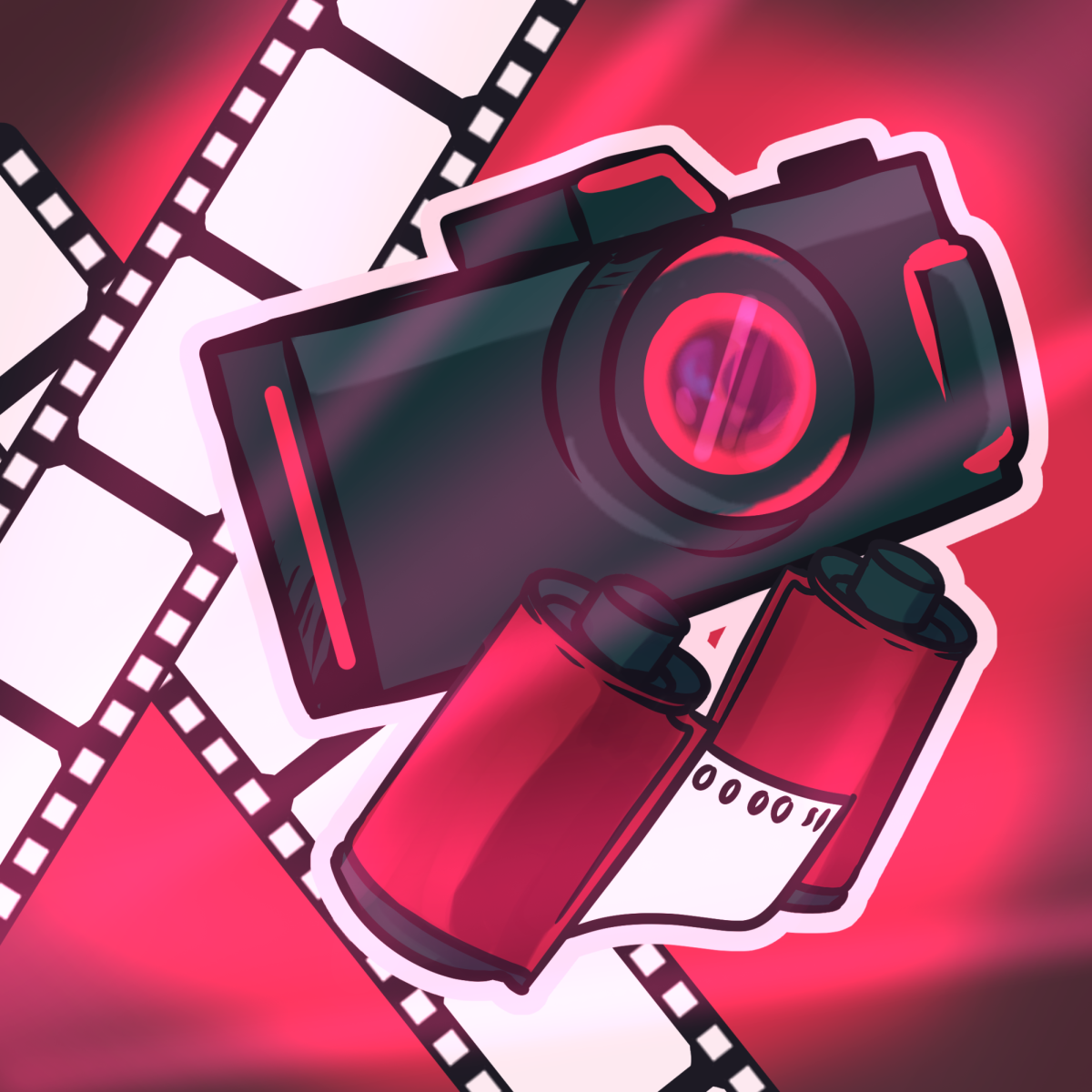With approximately 1700 UT students, 170 Team Leads and two shifts of volunteers headed into the Dove Springs community, Project 2013 is a community effort by UT to help revitalize disadvantaged areas of Austin.
In previous years, The Project has addressed short-term goals in Austin communities. This year, Project 2013 completely changed its approach to student and community interaction.
“To build better relationships and to figure out what the community needs, it took two years to do that,” Cameron Crump, a volunteer coordinator for Project 2013, said. “Project started in 1999, and we had never stayed in the same neighborhood two years in a row. So it was actually a big decision to stay and get to know the neighborhood and try to meet their needs as best possible.”
For the second year in a row, the UT outreach program is focused on the crime-ridden area of Dove Springs. Once a prosperous neighborhood devoted to serving the Bergstrom Air Force Base, the Dove Springs neighborhood has fallen into disarray in the past decade.
When Bergstrom was turned into an airport, the neighborhood lost essential services provided by the base, such as medical services, clinics, grocery stores and supercenters. With no military presence remaining, Dove Springs is devoid of these necessities. Project 2013 coordinators changed their approach, hoping to revitalize the community.
“Generally we start talking to different residents who are outspoken in a positive way. They are willing to say what they want, what they need and what their community needs and what’s best for their community,” Crump said.
One of the outspoken community members that helped explain the history of the neighborhood was Chief Deputy George Morales. Having grown up in Dove Springs, he has seen the community’s descent into crime and poverty. He described to the Project 2013 Team Leads that obesity, crime and a lack of available necessities have contributed to the neighborhood’s decline.
“In a typical community growing up, the goal is to get a job or go to college, but in that community it was commonly said, ‘I want to run my cell block.’ And that’s real, and that’s what people actually say,” Crump said. “And most people at UT have some level of privilege, and many don’t have those experiences. So it’s harder for us to adapt and understand where they are coming from.“
Crump worked alongside community members like Morales to assess specific site needs and assign volunteers. After discovering the lack of available grocers and fresh food providers, Project 2013 worked with local organizations and medical facilities to arrange a community health fair as part of an effort to combat a lack of health education.
Coordinators have not only changed their strategy of dealing with the neighborhood issues. They want to change the way UT interacts with the community.
“We are focusing on the volunteer experience. Usually volunteers think they are just going to pick up trash for a day. But as the day progresses and volunteers see kids coming around and volunteers coming out in force, they are willing to stay an extra hour or two to finish painting a fence or throwing trash away,” said Tuan Tran, volunteer coordinator and director of volunteering for Alpha Epsilon Delta. “They truly understand that this is more than just a physical get-your-hours-and-check-out thing. They are doing work for futuregenerations and beyond.”
The simple tasks of volunteers will do more than beautify the local parks, they will better connect students and the community beyond UT. Tran said students often get caught up in their own lives and forget that Austin is more than just UT.
“A lot of UT students only see Austin as Sixth Street. Anything south doesn’t exist, anything beyond I-35 doesn’t exist. They know the 40 Acres and a few restaurants here and there where they can hangout with their friends,” Tran said. “They don’t realize that beyond I-35 there is East Austin and South Austin. There’s a difference between what you see and what you know.”
Coordinators strive to close the distance between UT and less-privileged areas of Austin.
“We came back to Dove Springs to reinforce the idea that UT is here to stay, and UT isn’t just on the 40 Acres,” Tran said. “UT is beyond that and is a part of the Austin community’s lifeblood.”
Published on February 20, 2013 as "Project 2013 serves Dove springs area".




















